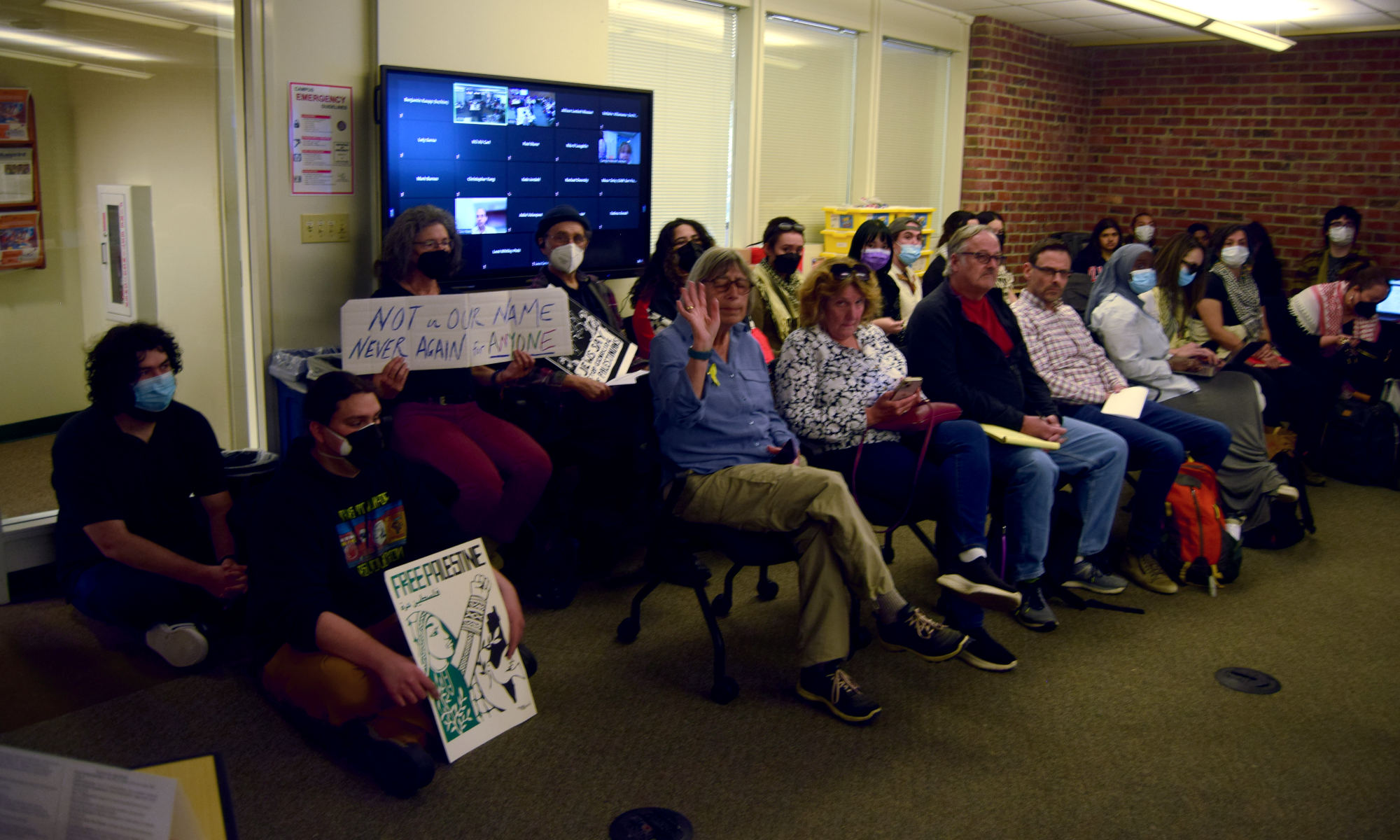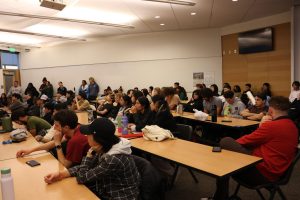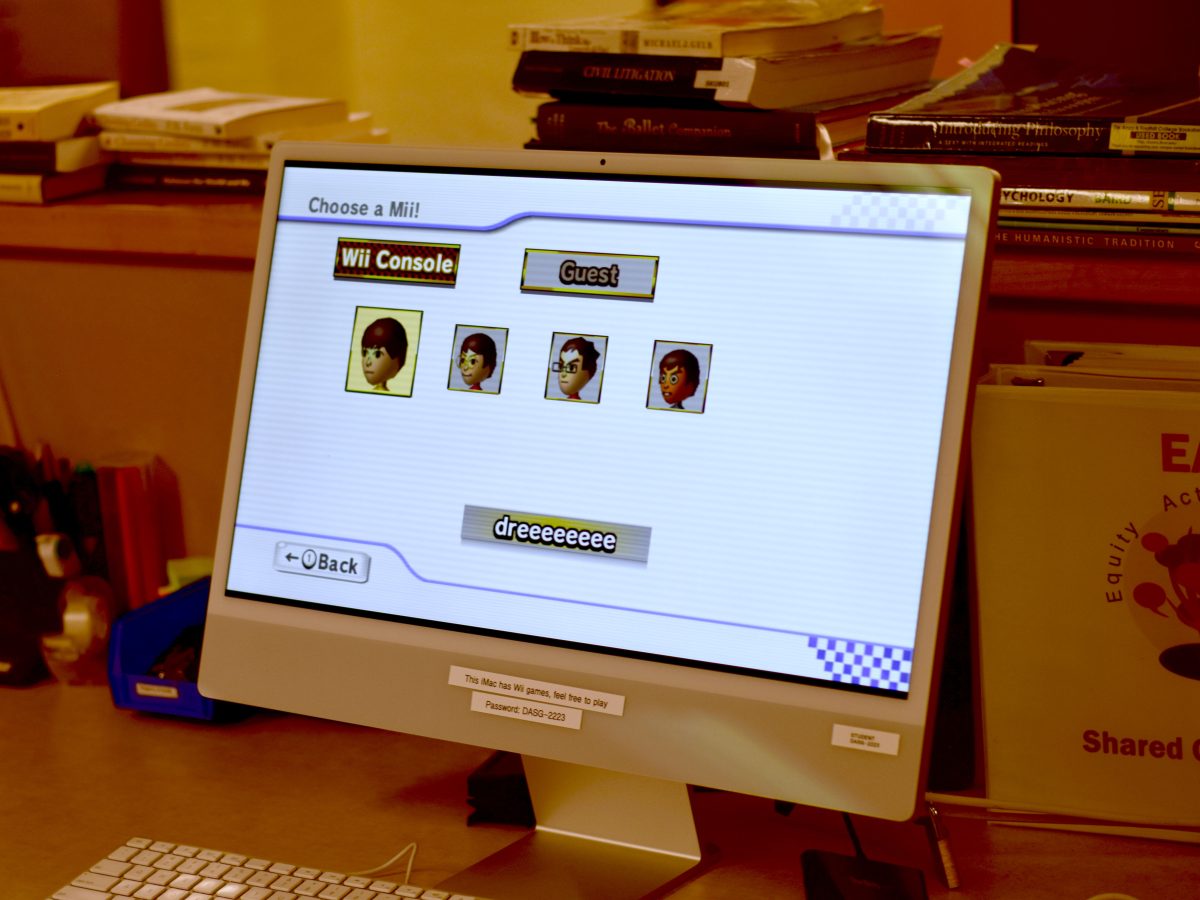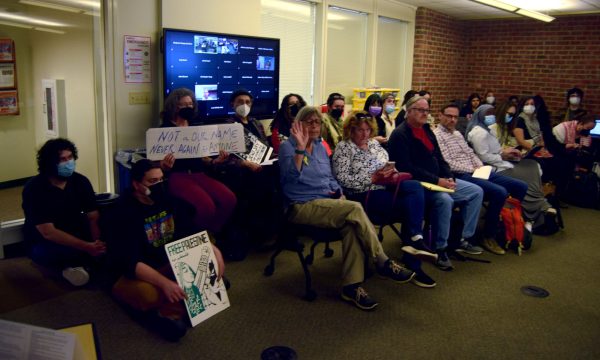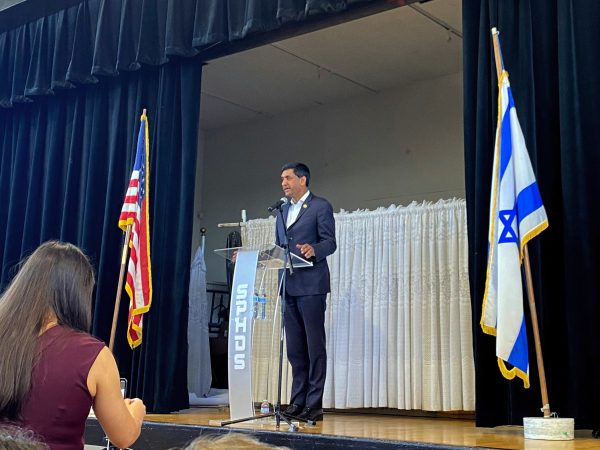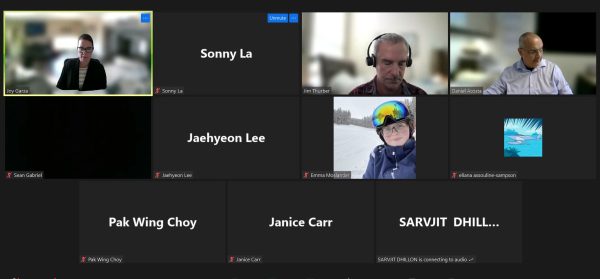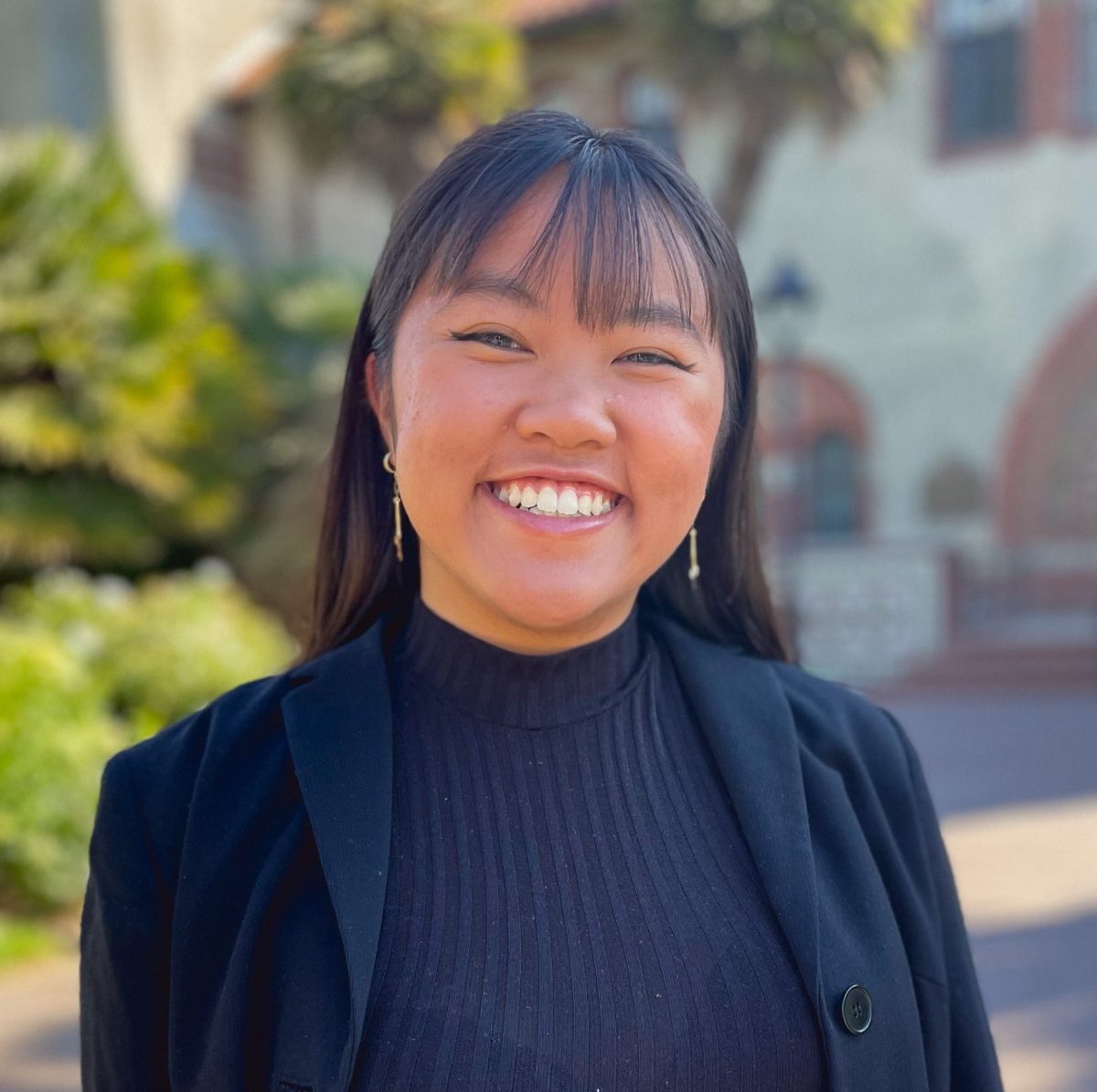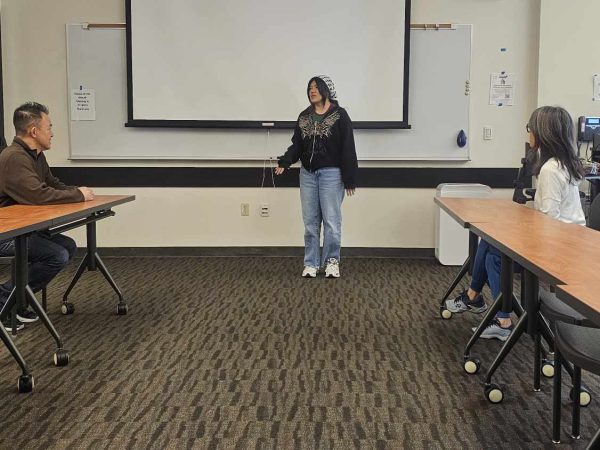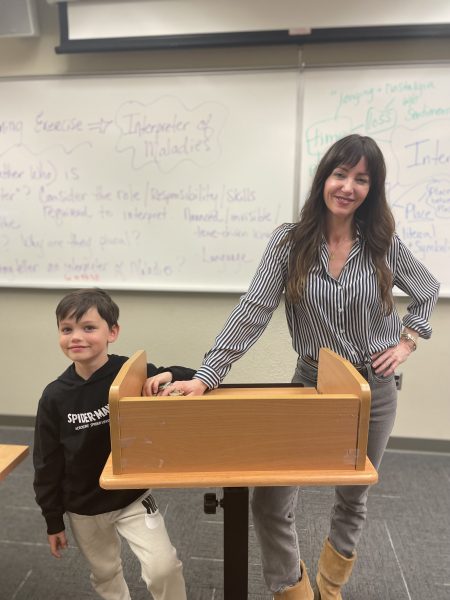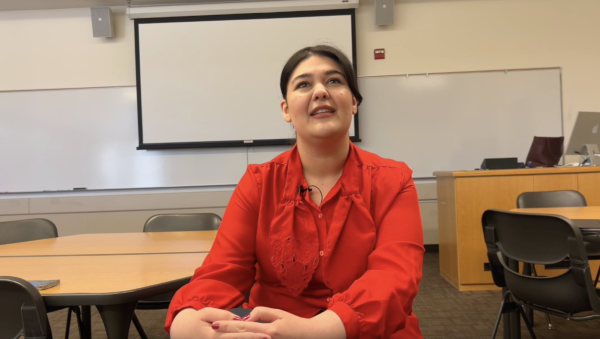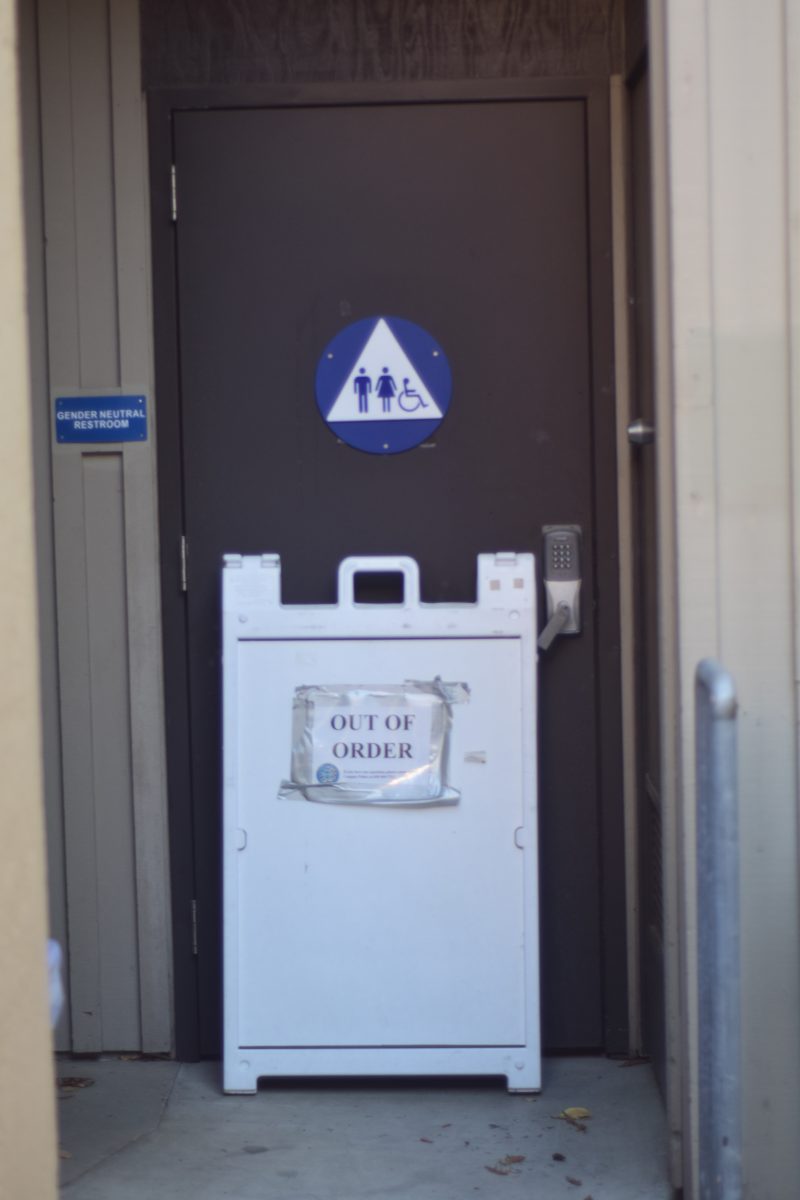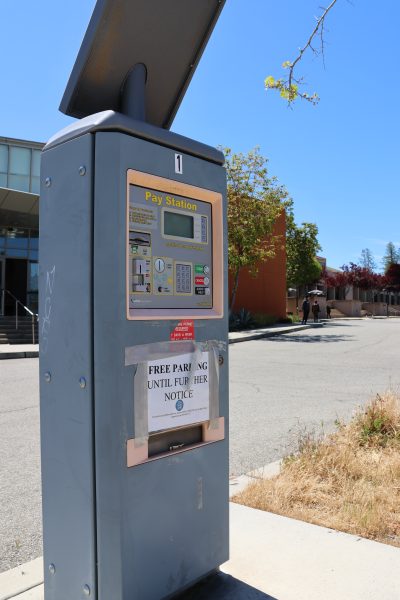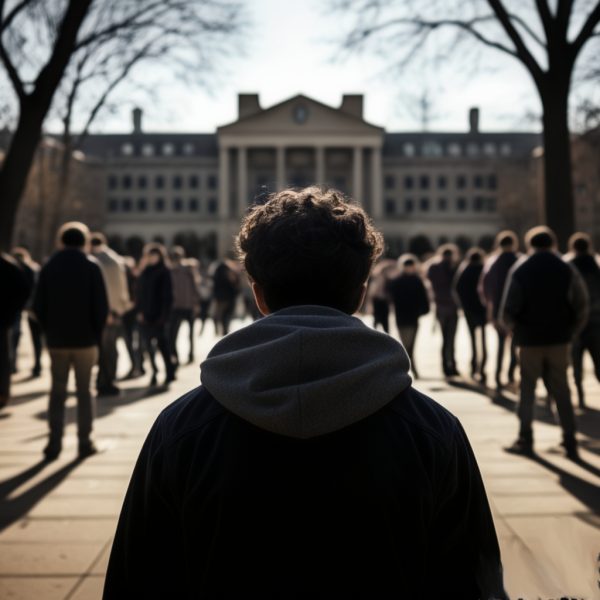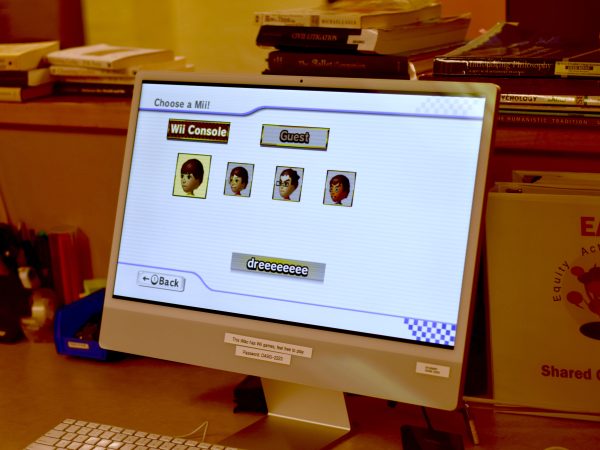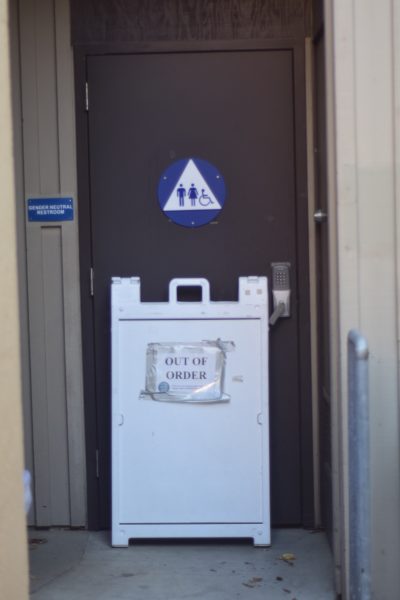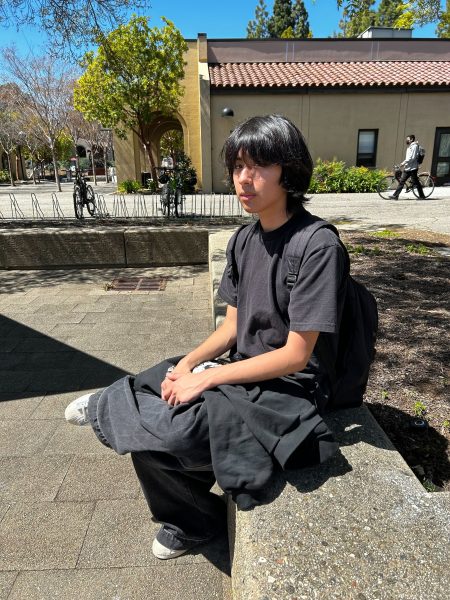District deliberates on enrollment drop
February 8, 2017
De Anza enrollment dropped four percent, while online enrollment doubled with an 11 percent increase according to the Census Enrollment Comparisons Report Winter 2016 to Winter 2017 released last week.
District wide meetings are planned to talk about declining enrollment. In an email sent out by Chancellor Judy Miner, she wrote that the data in recent reports, “underscore the importance of [faculty] your participation in developing our collective solutions for increasing enrollment and revenue.”
Miner wrote that the district was “wise to conserve a stability fund as it buys us time to develop and implement a range of strategies.”
A Board of Trustees study session is scheduled for Feb. 6 and will discuss enrollment trends. The session will also include a multi-year budget projection.
Some of the short-term strategies that will be discussed are to focus on pre-enrollment services at 35 regional high schools and to expand the MPS and Statway program.
Long-term strategies focus on growing online courses and the continuation of an in-depth review of student demand, three-year course taking patterns, wait lists and class cancellations.
At the time, Faculty Association President Rich Hansen said the ratio of full-time to part-time faculty had decreased, making it difficult to manage increasing workloads, fulfilling additional state reporting requirements and ensuring program quality.
With more than 50 percent of students commuting from neighborhoods east of Interstate 880 and as far north as Hayward, Bay Area traffic coupled with the Flint Garage closure may be a contributing factor to students choosing online courses over conventional classes.
In 2013, California Community Colleges started the Online Education Initiative, a $56.9 million five-year grant sponsored by the FHDA district in partnership with Butte-Glenn Community College District.
The OEI aims to improve the quality and availability of online education to help students finish their degrees.
With the state’s economy slowly being revived, students may also be looking for employment over education.
Marisa Spatafore, Associate Vice President of Communications & External Relations, was unavailable for comment.



